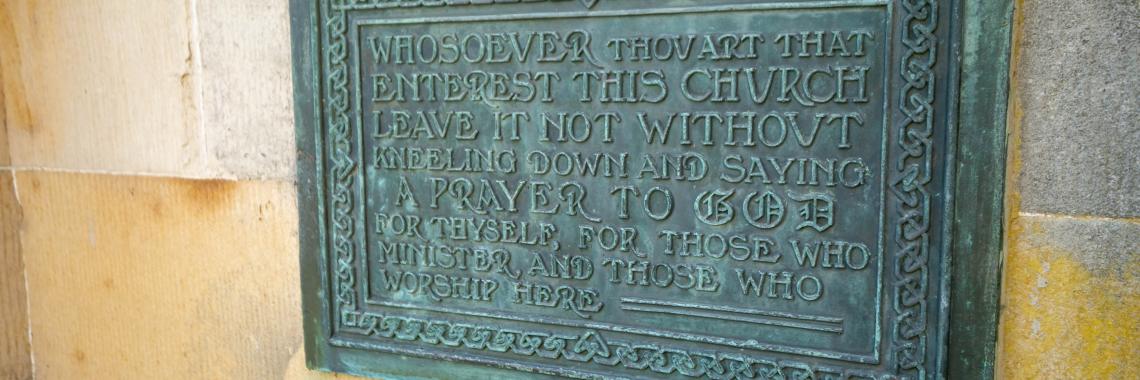We now understand that witchcraft was an impossible crime but, in the 17th century people believed in the Devil and witches. The Devil was a terrifying enemy and as witches were thought to be his servants it became the Church’s mission to eradicate them.
Religion was central to Scotland’s laws and politics. In the 1644 trial of Carnwath women Margaret Watson and Jean Lachlane the Record of the Privy Council justifies imposing a death sentence by quoting from the bible:
“ane wiche sould not be suffered to leive”
{A witch should not be suffered to live}
The kirk session, the minister, kirk bailie and elders, had authority to sanction parishioners for common wrongdoing like not attending church or having personal relationships that the church didn’t approve of.
A common punishment meted out by the kirk session was public humiliation in the stocks. At Calder the stocks were attached to a large plane tree, said to be of remarkable size and great age. The tree stood between Calder House and the kirk in a busy area where fairs and markets were held.
There were no prisons in the 17th century and the women who were accused of witchcraft at Calder were imprisoned in the church vestry or as their trial progressed could be taken to Linlithgow to be held in the Tolbooth, now the Burgh Halls. At that time it was also common for accused people to be held in private homes, even barns or any other place they could be contained.
More serious crimes were referred to the local presbytery, at Calder this was Linlithgow. Further escalation was necessary if crimes might result in capital punishment. To try someone for witchcraft the kirk session and presbytery needed permission from the Privy Council.






